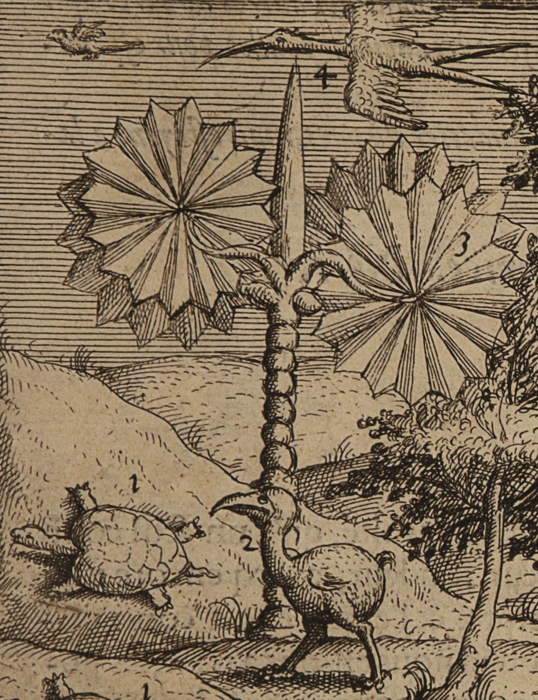
The Dutch finally settled on the island in 1598, almost 100 years after it was first discovered. No one really saw any value in the island, and the first recorded accounts of Mauritius didn’t have any mentions of the dodo bird. Neither the Arabs nor the Portuguese who first encountered the island bothered to inhabit it. Mauritius didn’t have any native inhabitants before it was discovered by Arab and European explorers in the early 16th century.

The story of the dodo takes place on the island of Mauritius in the Indian Ocean. Likewise, something could “go the way of the dodo” which means to disappear or go extinct.

The story of the dodo, scientifically known as the Raphus cucullatus, is one that has found its way into our language via phrases such as “being as dumb as a dodo” which supposedly reflects on the intelligence of the bird.
#Dodo bird dna found trial
You can get a free one-month trial to Audible and 2 free audiobooks by going to /EverythingEverywhere or clicking on the link in the show notes. Part road trip, part history, and part cautionary tale, The Ends of the World takes us on a tour of the ways that our planet has clawed itself back from the grave and casts our future in a completely new light. In The Ends of the World, Peter Brannen dives into deep time, exploring Earth’s past dead ends, and in the process offers us a glimpse of our possible future. Our world has ended five times: It has been broiled, frozen, poison gassed, smothered, and pelted by asteroids. My audiobook recommendation today is The Ends of the World: Volcanic Apocalypses, Lethal Oceans, and Our Quest to Understand Earth’s Past Mass Extinctions by Peter Brannen. Learn more about the dodo bird and how it disappeared on this episode of Everything Everywhere Daily. In 1662, just 64 years later, the last known bird was sighted, and after that, the entire species went extinct. The bird had absolutely no fear of humans, but perhaps it should have. There, they found a short, fat, flightless bird that was only found on that island. In 1598 the Dutch Empire acquired the island of Mauritius in the Indian Ocean. “Preventing species from going extinct in the first place should be our priority, and in most cases, it's a lot cheaper,” said Worm.Apple | Google | Spotify | Amazon | Player.FM | TuneInĬastbox | Podurama | Podcast Republic | RSS | Patreon It helps if they can learn from other wild animals of their kind - an advantage that potential dodos and mammoths won't have, said Boris Worm, a biologist at the University of Dalhousie in Halifax, Nova Scotia, who has no connection to Colossal. On a practical level, conservation biologists familiar with captive breeding programs say that it can be tricky for zoo-bred animals to ever adapt to the wild. “And where on Earth would you put a woolly mammoth, other than in a cage?” asked Pimm, who noted that the ecosystems where mammoths lived disappeared long ago. “There's a real hazard in saying that if we destroy nature, we can just put it back together again - because we can't,” said Duke University ecologist Stuart Pimm, who has no connection to Colossal. Other scientists wonder if it's even advisable to try, and question whether “de-extinction” diverts attention and money away from efforts to save species still on Earth. The concept is still in an early theoretical stage for dodos.īecause animals are a product of both their genetics and their environment - which has changed dramatically since the 1600s - Shapiro said that “it's not possible to recreate a 100% identical copy of something that's gone.” It may be possible to put the tweaked cells into developing eggs of other birds, such as pigeons or chickens, to create offspring that may in turn naturally produce dodo eggs, said Shapiro. The team may then attempt to edit Nicobar pigeon cells to make them resemble dodo cells.

Her team plans to study DNA differences between the Nicobar pigeon and the dodo to understand “what are the genes that really make a dodo a dodo,” she said. Shapiro is paid by the Howard Hughes Medical Institute, which also supports The Associated Press’ Health and Science Department. The dodo's closest living relative is the Nicobar pigeon, said Beth Shapiro, a molecular biologist on Colossal's scientific advisory board, who has been studying the dodo for two decades. Mexican railway operator halts trains after migrants get hurt while climbing aboard


 0 kommentar(er)
0 kommentar(er)
